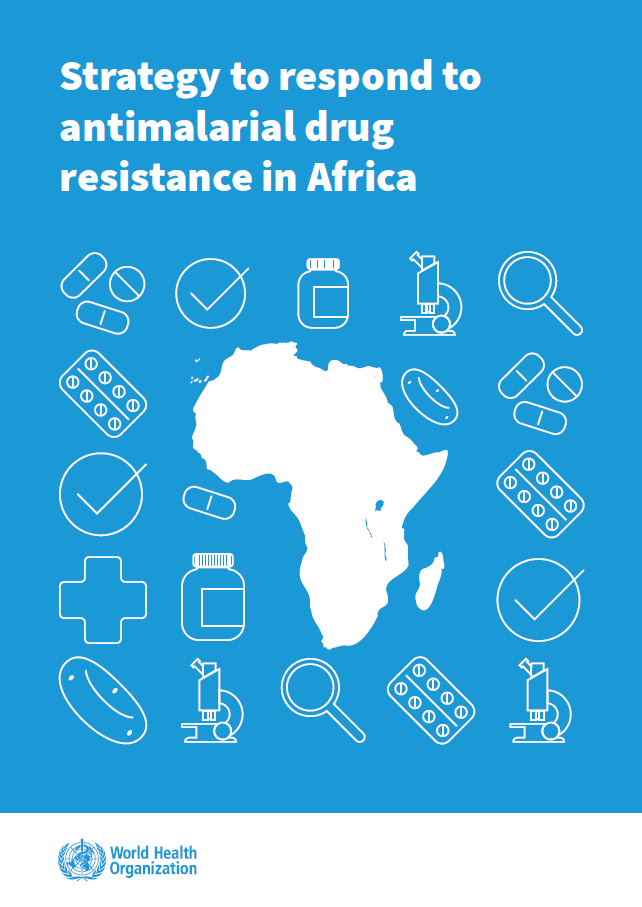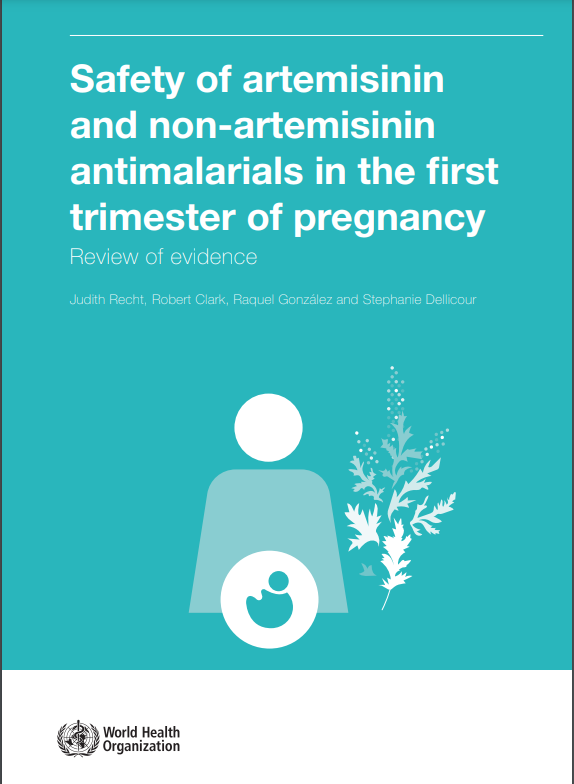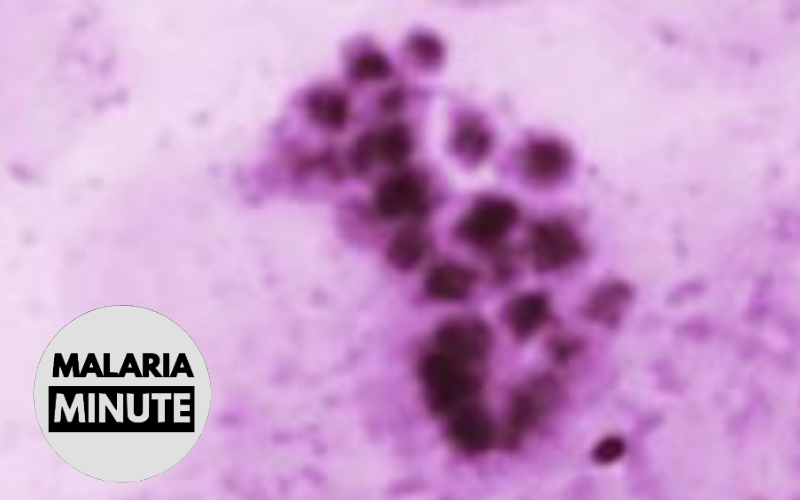Last Updated: 18/06/2024
Residual antibiotic drug concentrations in blood as a monitoring tool for evaluating population medicine usage and the impact of antibiotic stewardship interventions
Objectives
This project intends to assess antimicrobial drug pressure at the population level, and evaluate the impact of antibiotic stewardship interventions on antimicrobial drug pressure. Specific objectives:
- To estimate the prevalence of individuals with residual antibiotic drugs in the blood in a representative sample of the population in three districts of Tanzania with different level of malaria endemicity, and to explore the factors that determine antibiotic use.
- To obtain spatially explicit estimates of the burden of antibiotic use in the three districts
- To assess the impact of antimicrobial stewardship intervention (electronic algorithm for the management of children with fever [e-POCT]) on medicines (antibiotics and antimalarials) use (pressure) in the population of children<10 years.
Usually the assessment of antimicrobials use relies either on longitudinal recording of stocks, prescription rates in health facilities, and health insurance reimbursement data, or on medication use by individuals recorded in community surveys. These measures are potentially biased and do not provide accurate estimates of levels of circulating drugs at community level, which is likely the most important driver for the development of antimicrobial resistant pathogens. Objective and standardized measurements of drug blood concentration at the population level should provide more reliable assessment of overall medicine use and pressure. They would also allow evaluating the public health impact of interventions that target at improving appropriate antibiotic and antimalarial treatment.
Analytical approach: 1) Antibiotic use and pressure at the population level will be assessed according to different explanatory factors (rural-urban, age, gender, density of health facilities, other medicine retailers, medicine in stocks, malaria endemicity etc.)2) Bayesian geostatistical logistic regression models will be used to map the spatial distribution of antibiotic use and to predict the use at non-sampled locations via Bayesian kriging 3) Antibiotic and antimalarial use and pressure at the population level (children <10 years) will be compared before and after implementation of e-POCT tool.
To tackle the global public health threat of antimicrobial resistance (AMR) and address one of the specific step, namely improving global surveillance of antimicrobial consumption in humans as mentioned in the national strategic programme StAR, the WHO Global Action Plan and the UK final report and recommendations on AMR- To provide an inovative standardized and reliable approach to quantify real antibiotic and antimalarial drug use and pressure at the community level- To provide a new tool to assess the impact of interventions aimed at improving the rational use of medicines (antibiotics and antimalarials).
To address objectives 1 and 2), the project will make use of existing information and blood samples. These were collected during a large cross-sectional survey in 2015 that assessed antimalarial medicine use in a population of 6000 individuals in three Tanzanian regions with different ecological zones and malaria transmission intensity. The study comprised two types of cross-sectional surveys:- Household (HH)-based survey that included i) information on self-reported rates of morbidity, diagnosis and treatment seeking behaviour, diagnostic tests performed, antimalarial and antibiotic use, and ii) collection of Dried Blood Spots (DBS) to measure residual antimalarial concentration by broad-range tandem mass spectrometry (LC-MS/MS) technology.- Health facilities (HF)-based survey of facilities that served the sampled HH; the survey included information on diagnostic tests in stock, treatment packages in stock (mainly antimalarial and antibiotics), and morbidity. Antibiotic concentration will be measured by LC-MS/MS method in the same samples (DBS) as those already assessed for antimalarial concentration. To address objective 3), a before-after design will be used. In the year prior to introduction of the e-POCT tool, a representative sample of children <10 years will be interviewed using the same questionnaire as in previous HH survey. Blood samples will also be collected. Six months after e-POCT introduction, the same survey will be conducted ‘during’ the intervention (the large-scale implementation of e-POCT intervention will be paid through another funder). Antibiotic and antimalarial residual concentration will be measured in these samples before and after e-POCT implementation.
Drug Resistance
Monitoring & Evaluation
Product Development
Surveillance
Tools for Elimination
Apr 2019 — Mar 2023
$555,757


